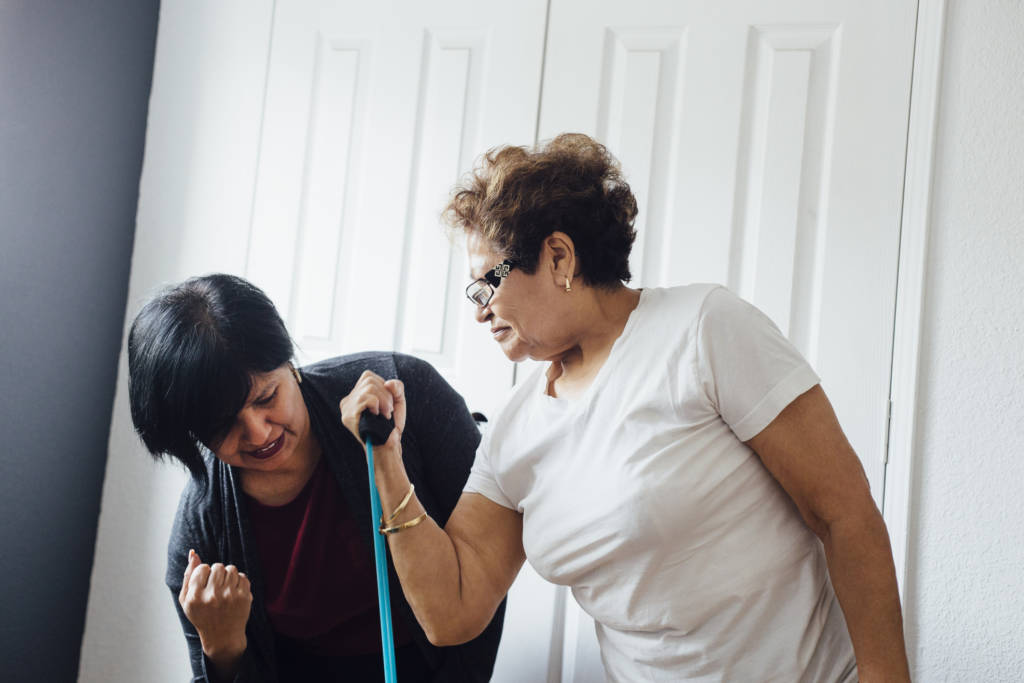What Are The Symptoms?
The main symptom of a kidney stone is pain that can radiate from the side to the groin, genital area and inner thigh. The intense urge to urinate is coupled with blood in the urine (“hematuria”), nausea, vomiting, sweating and restlessness. “Waves” of pain lasting anywhere from 10 to 60 minutes are common.
How Is It Identified and Treated?
Kidney stones are first identified by patient history, a physical exam, x-ray, CT scan or ultrasound studies, and a urine test. The pain comes and goes in waves (known as “colic”), and fever and back pain over the kidney area may also be present.
Treatment may involve pain management with analgesics or narcotics, medications that speed the passing of the stone, as well as surgery in advanced or complicated cases. Shock waves administered from outside the body can be employed to break up the stone, as well as flexible tubes inserted through the urethra and bladder into the ureter or kidney to extract the stone.
How Can I Prevent Kidney Stones?
The prevention of kidney stones involves several preventive measures:
• Staying properly hydrated is an important practice for kidney stone prevention. Two liters of water per day is recommended, especially if you have had stones before or a positive family history.
• If you are genetically prone to certain types of stones, avoiding foods that cause the formation of those stones is prudent.
• Avoid calcium supplements if you are at risk of calcium-based stones (ask your doctor).
• Know your family history.
Knowledge is Power
If you have a family history of kidney stones, chances are that you’re at risk. It’s important to understand your risk factors, methods for preventing stones, and the signs of symptoms of the acute condition. If you’re concerned about your risk, discuss this with your medical provider. Being prepared is key, as is the knowledge of how to prevent kidney stones from forming in the first place.






